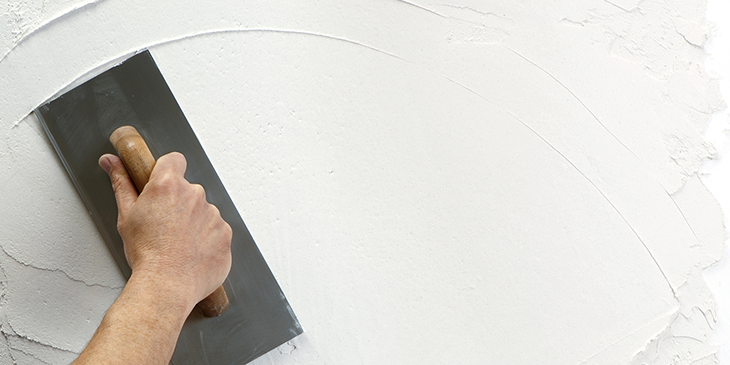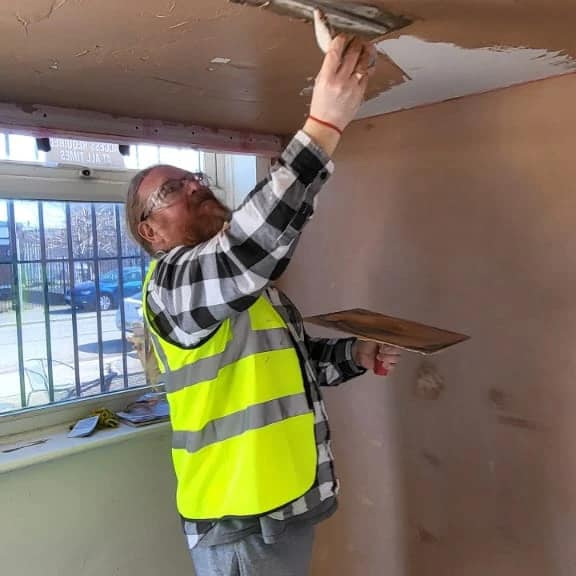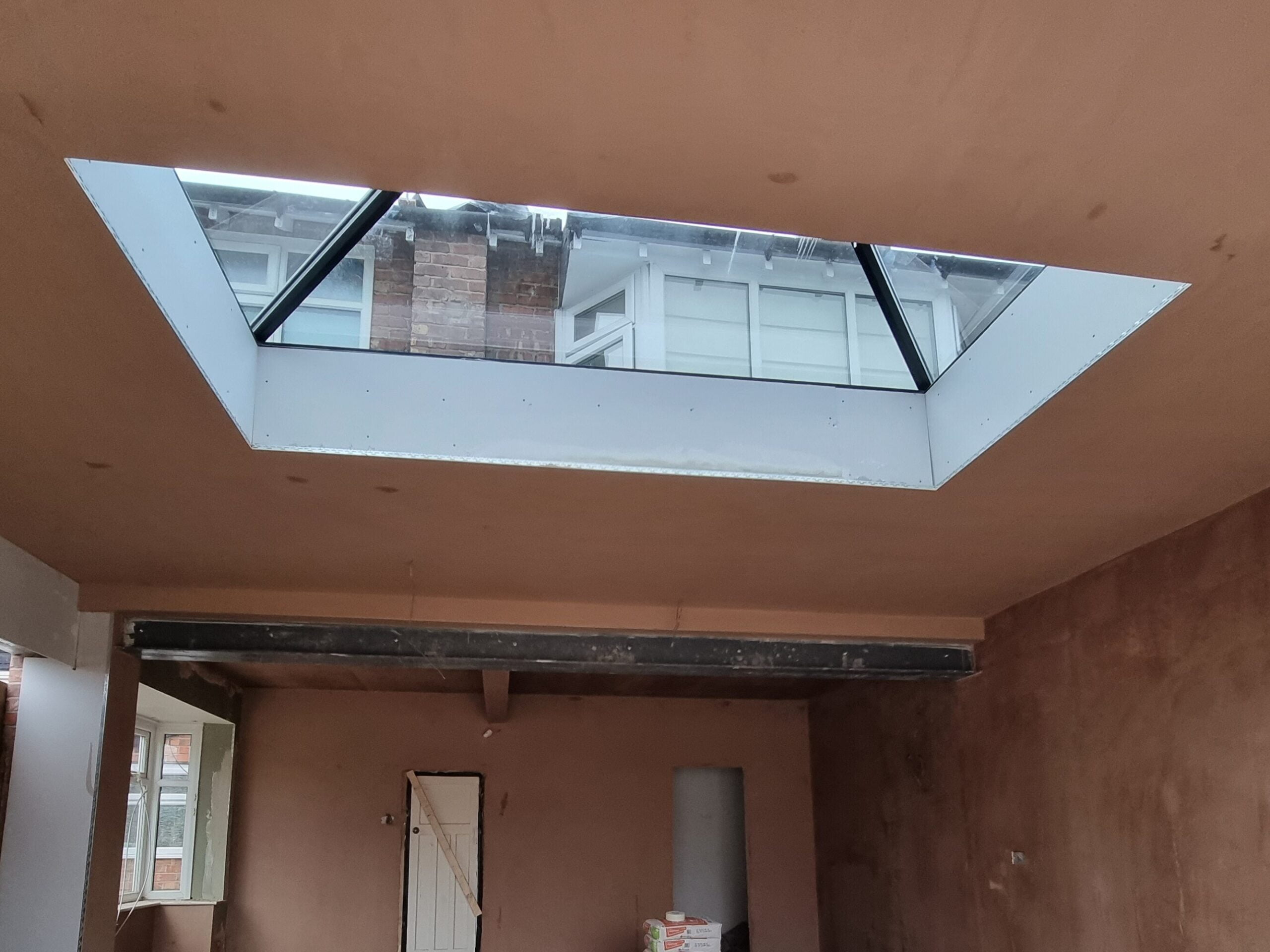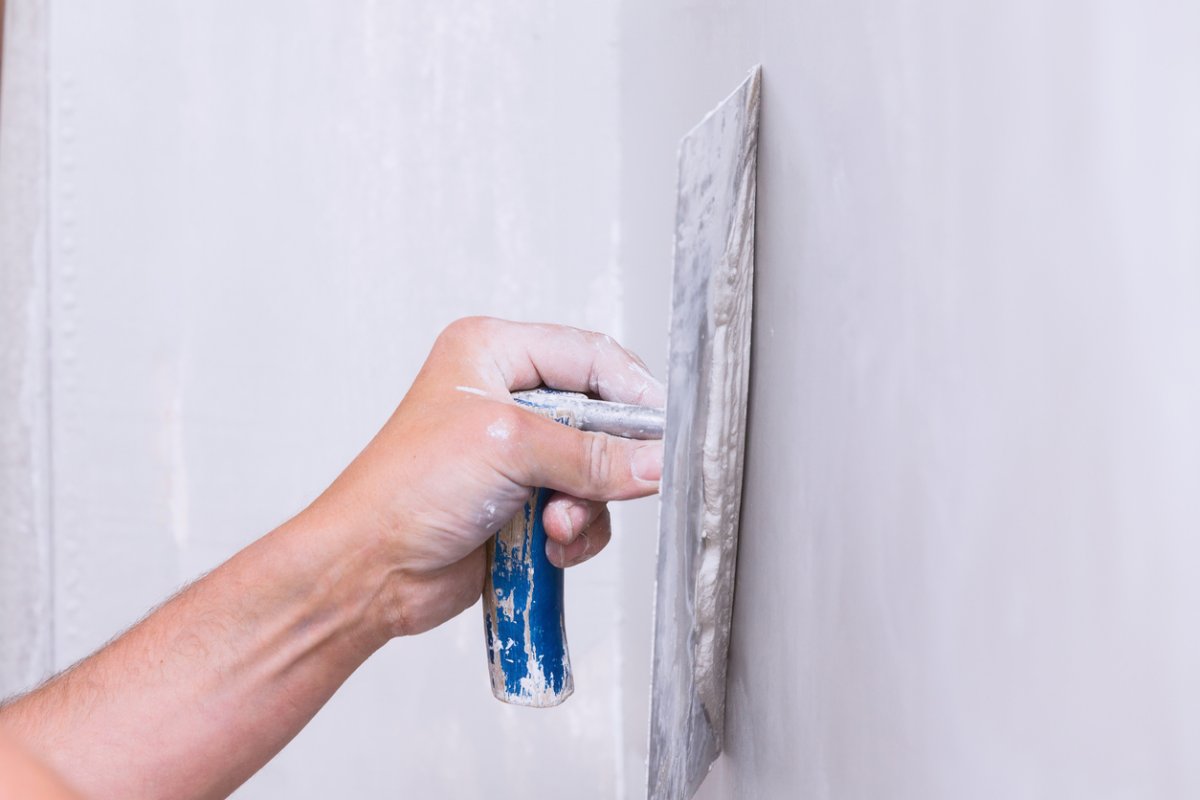Plastering Keys: Enhance Your Interior with a Perfect Wall Surface Finish
Key Tips and Tools for Effective Plastering in your house Improvement Ventures
Attaining a flawless plaster coating in your home enhancement projects needs a mix of the right tools and tested strategies. Crucial executes such as the hawk and trowel are critical for efficient application, while correct surface prep work lays the foundation for success. Additionally, recognizing the nuances of mixing plaster and applying it in slim layers can significantly affect the last end result. As we explore these fundamental elements, it comes to be evident that preventing typical pitfalls can elevate your plastering skills-- guaranteeing your following project not only fulfills however exceeds expectations.
Necessary Gluing Tools
The necessary devices incorporate a range of carries out created to assist in the plastering procedure successfully and successfully. Key components consist of a hawk, which is a flat, square tool used to hold the plaster while using it to surfaces.

Furthermore, a blending container is essential for preparing plaster, guaranteeing the ideal consistency prior to application (Plastering). With each other, these vital plastering tools make it possible for both specialists and Do it yourself fanatics to achieve top quality results in their gluing jobs.
Surface Area Prep Work Techniques
Effectively preparing the surface area prior to gluing is vital for making sure adhesion and achieving a perfect finish. The initial step involves cleansing the surface to eliminate any kind of dust, grease, or old paint that may impede the plaster's capacity to bond effectively. A detailed laundry with a suitable cleansing solution is advised, complied with by permitting the surface area and rinsing to dry entirely.
Next, examine the surface area for any kind of blemishes or fractures. These need to be loaded with an ideal filler substance and allowed to treat according to the producer's instructions. For porous surfaces, using a guide is vital to create a consistent structure and boost bond.
In addition, it is crucial to make sure that the surface area is stable and structurally audio. Any type of loosened materials, such as flaking paint or damaged drywall, should be fixed or eliminated. Think about making use of a scratch coat to boost hold. if working with stonework surfaces.
Mixing Plaster Like a Pro

Using a tidy mixing container, put the water first, after that gradually add the plaster powder while mixing constantly. This approach assists to prevent clumping and makes certain an also distribution of materials.
As soon as blended, allow the plaster to relax for a few mins to enable the plaster crystals to moisten totally. This relaxing period improves workability and decreases the danger of splitting throughout application. By following these steps, you can blend plaster like a pro, establishing the foundation for an effective plastering job in your home improvement ventures.
Application Methods for Smooth Finishes
With the blog here plaster mixture prepared to the ideal uniformity, the following action entails picking ideal application techniques to attain a smooth coating. This device permits for a penalty, also circulation of plaster across the surface area while reducing trowel marks.
Begin by using a charitable amount of plaster to the surface area using the trowel, ensuring it sticks well. Once the initial coat is applied, utilize a sweeping movement to smooth the surface area, using explanation also stress.
For the last touches, a moist sponge can be used to improve the surface additionally. Lightly mist the plaster with water and carefully massage the surface to attain a refined result. Constantly remember to work in little sections to preserve control over the application process, ensuring a smooth, expert surface throughout your plastering job.
Common Errors to Stay Clear Of
When getting started on a smudging task, preventing common blunders is crucial for attaining a perfect coating. Among one of the most widespread mistakes is disregarding surface area preparation. Failing to clean and repair the substratum can lead to inadequate adhesion and unequal surface areas. Make certain that all dust, oil, and loosened products are gotten rid of before using plaster.
An additional common blunder is applying plaster too heavily. Thick layers can crack as they dry, endangering the honesty of the coating. Instead, go with multiple thin layers, enabling each coat to dry entirely prior to applying the next.
Additionally, bad mixing methods can lead to inconsistent appearance and workability. Always follow the producer's directions for mixing proportions and completely mix the plaster to attain a consistent uniformity.

Timing likewise plays a critical duty; plaster needs to be applied while the substratum is wet to he said enhance adhesion. Top notch trowels and floats can make a substantial difference in achieving a smooth finish.
Conclusion
Effective gluing needs a complete understanding of important tools and techniques. By making use of proper equipment, ensuring precise surface prep work, and adhering to advised blending ratios, optimal outcomes can be attained. Employing proper application methods further enhances the surface, while recognition of typical mistakes can protect against obstacles. Proficiency of these aspects not just adds to the aesthetic allure of an area but likewise makes certain toughness and long life in plastering projects, making them integral to effective home renovation undertakings.
A float is one more vital tool, which assists in leveling the plaster and attaining an uniform surface.

By following these actions, you can mix plaster like a pro, setting the foundation for a successful gluing task in your home improvement ventures.
Lightly mist the plaster with water and delicately scrub the surface to achieve a refined result.